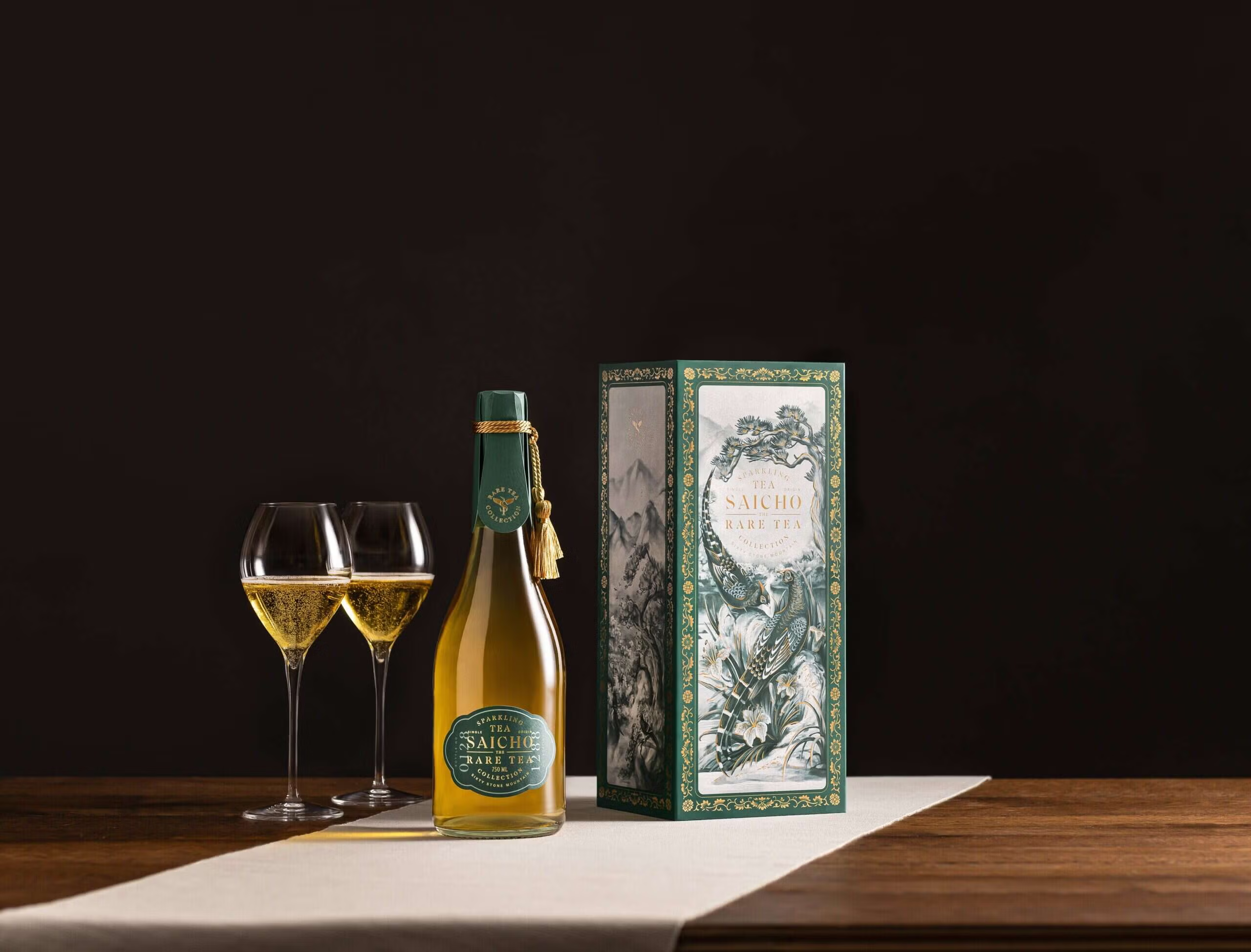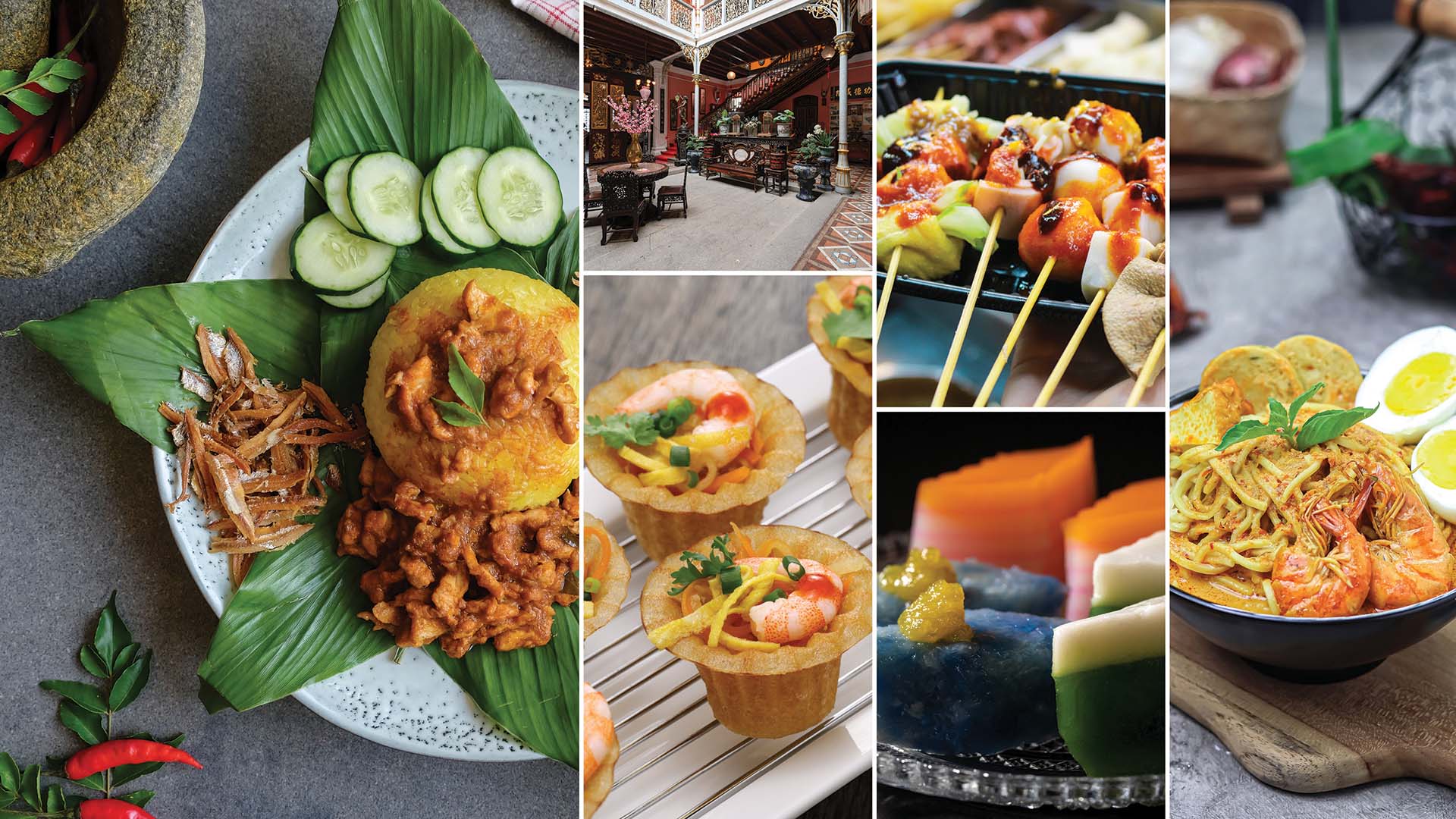MALAYSIA AS A COUNTRY didn’t exist until 1957. But its multi-textured and quite different cuisine styles—dominated by Malay, Chinese and Indian—have of course been around for much longer. Which is why any accounting of the top Malaysian dishes will span an array of delicacies unique to the country’s specific regions and cultures.
To prep your palate for your next trip to Malaysia, we’ve put together a list of the must-try dishes (including a couple you probably haven’t heard of) from family recipes, stalls, and restaurants that have been operating for decades. Special thanks to Malaysian-food expert and celeb chef Norman Musa for his suggestions. Let’s tuck in!
1. Char koay teow

What is it?
Of all the dishes in the country’s canon, it’s the one you can count on a Malaysian abroad to say they miss most from home. Char koay teow is basic enough: broad and flat rice noodles stir-fried with a bunch of bean sprouts, some crimson-tinged cockles, loads of garlic, a generous serving of shrimp, a fistful of chives, a scoop of lard, and the occasional egg.
But it’s the contraptions used to fry the noodles that are special: a charcoal stove and a steel wok. This conjures the sublime wok hei (‘breath of the wok’ in Cantonese) aromas that seep into the decadently oily noodles, still-crunchy bean sprouts, and yummy cockles.
Where to try it:
Penang: Siam Road Char Koay Teow
2. Ais kacang

What is it?
Shaved iced, jelly bits (lots of them), nuts, beans, evaporated milk, and palm sugar or plain syrup in red and green dye as separate ingredients might sound boring and unappetizing. But when combined, you get one of the best-loved Malaysian dessert dishes.
Head to a stall selling drinks at any food court, and you’ll be able to find ais (Malay for ‘ice’) kacang in its various iterations. We like the gula melaka or palm sugar version that gives a sweet with an ever-so-slight umami undertone. T+L Tip: it’s best to order as the last dish of your meal. But eat (or slurp) quickly–you have just about 10 minutes before your ais kacang turns into syrupy jelly-filled ais water.
Where to try it:
Ipoh: Any drinks stall at Ipoh Garden Gourmet Square.
3. Prawn mee

What is it?
A Penang Hokkien specialty, prawn mee has a soup base composed of crushed prawn heads and pork bones that have been simmered for hours. Blanched vermicelli and yellow noodles are then added, along with generous slivers of lean pork slices, elegantly sliced prawns (minus the heads), a spoonful of chili sambal, half a boiled egg, bean sprouts, water spinach, and a sprinkle of deep-fried shallots. In Malaysia, this is usually savored at brunch on weekends, and there’s little excuse for leftovers.
Where to try it:
Petaling Jaya: Choon Prawn Mee House
4. Satay

What is it?
The Malaysian version of these dishes popular across Southeast Asia features marinated skewers of beef, lamb or chicken. Satay is always a crowd-pleaser; this is because satay sellers interlace each stick of satay with both fatty and sinewy meat. The result? The fat is delectably seared over charcoal flames into the meat and the spices.
The slightly charred, oily yet tender meat is then dipped in spicy-and-sweet peanut sauce. The sauce also pairs excellently with carbohydrate-rich cubes of ketupat (steamed rice cakes).
Where to try it:
KL: For satay KL’s A-listers love, head to EQ’s Nipah restaurant.
5. Rojak

What is it?
The rojak we’re talking about here is the Indian-Muslim version. It was created by the Malaysian Indian diaspora that adapted and perfected their food skills in a new land. Better known as pasembur, the filling dish is a hodgepodge of blanched bean sprouts and potatoes; small blocks of fried tofu; slivers of raw cucumber and turnip, as well as an assortment of deep-fried crackers and prawn fritters, all of which sit prettily in a sweet and tangy potato-based chili gravy.
It’s way tastier than it sounds, and culinarily satisfies all the senses. Together the raw and the fried ingredients guarantee lots of crunch and crackle.
Where to try it:
Ipoh: Rojak N Cendol Padang Ipoh
6. Ikan bakar

What is it?
Ikan bakar (‘burned fish’ in Malay) is a delicacy on the island of Penang, a place with an abundance of seafood. Customers can pick the types of fish they’d like barbecued on the spot. On counter displays, placed on ice, are varieties of fruits de mer that run the gamut from stingray to octopus. T+L Tip: go for the ikan bakar tiga rasa (grilled fish with three tastes) with its medley of sweet, sour and spicy sauces to cover all your flavor bases.
Where to try it:
Penang: Head to Ikan Bakar Nurul, a favorite among locals known for both fresh-off-the-boat seafood and balmy island breezes. Jalan Tun Dr Ismail Bayan Lepas Industrial Park 4, Bayan Lepas, Penang; the shop is located just off the Penang Bridge in Gelugor.
7. Nasi kerabu

What is it?
In the heartland of Terengganu, a state on the mainland’s east coast, you’ll find some of the best regional street food that only locals know about. Diverse Malaysian dishes like nasi kerabu reflect the region’s culinary provenance. There’s rice, of course. But it’s rice soaked in blue pea flower extract. There’s also salted duck egg, delicately spiced desiccated coconut, stuffed peppers, and for mains, a pick of fried fish, chicken or grilled beef.
Where to try it:
Dungun, in Terengganu State: Kak Yah Nasi Kerabu serves such a great version of nasi kerabu that it’s worth the five-hour drive from KL. 577, Jalan Paka, 23000 Kuala Dungun, Terengganu.
8. Daging salai masak lemak

What is it?
When conjuring thoughts of Malaysian dishes, of course there’s beef rendang… and then there’s daging salai masak lemak — smoked beef simmered in turmeric and coconut sauces. The latter is a recipe from Aunty Aini, a Malaysian chef who appeared on Gordon Ramsay’s television show Gordon’s Great Escape. For this delish masterpiece, beef morsels are smoked with coconut husk, imparting flavors that have beguiled the likes of Anthony Bourdain.
Where to try it:
Negeri Sembilan: Aunty Aini’s Nilai, of course!
9. Yong tau fu

What is it?
Think of it as Chinese tapas with soup and noodles. Yong tau fu is one of the signature dishes from the Malaysian Hakka community. There’s a range of vegetables and tofu squares stuffed with fish paste. There’s also blanched greens like morning glory along with boiled quail eggs. These pieces are then sliced, quickly cooked in soup, and served with noodles, usually vermicelli or egg noodles. The stars of the show are the sauces, which come in a tangy-meets-spicy chili as well as a sweet soy bean and oyster sauce mix.
Where to try it:
KL: Restoran Fatty Mok Yong Tau Foo
10. Banana leaf platter

What is it?
The food stories from South India in places like Kerala and Tamil Nadu are perfectly replicated by their Malaysian brethren. Thanks to the country’s multi-cuisine history, the Chinese know how to eat with their hands, and the Indians are adept at using chopsticks. For the former, there’s nothing more authentic than banana leaf platters. It’s an indulgent array of vegetables, pickles and condiments served with rice and curries as well as meats and seafood unique to the region from which each restaurant derives its culinary lineage. To show appreciation for a well-cooked meal, it’s customary to fold your banana leaf in half after you’ve finished eating.
Where to try it:
Selangor: Eateries like Rani Vilas Restaurant within the Batu Caves temple complex serve a commendable vegetarian version of banana leaf platters.
By David Ngo
Sep 15, 2021

